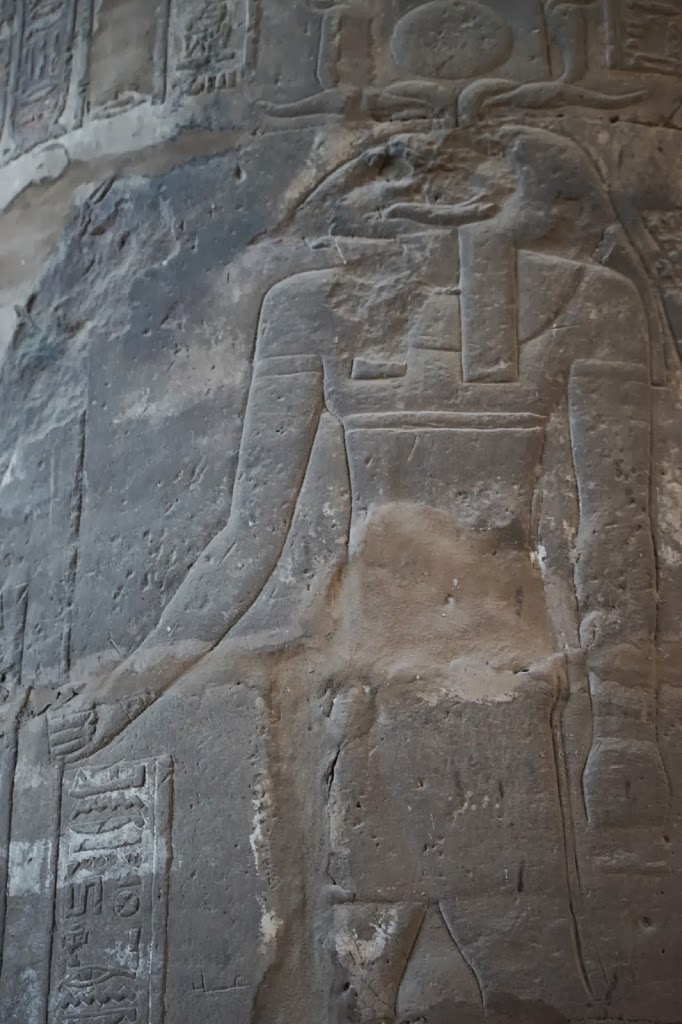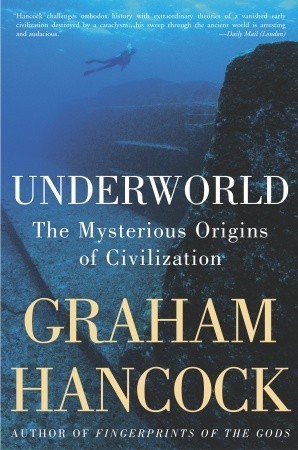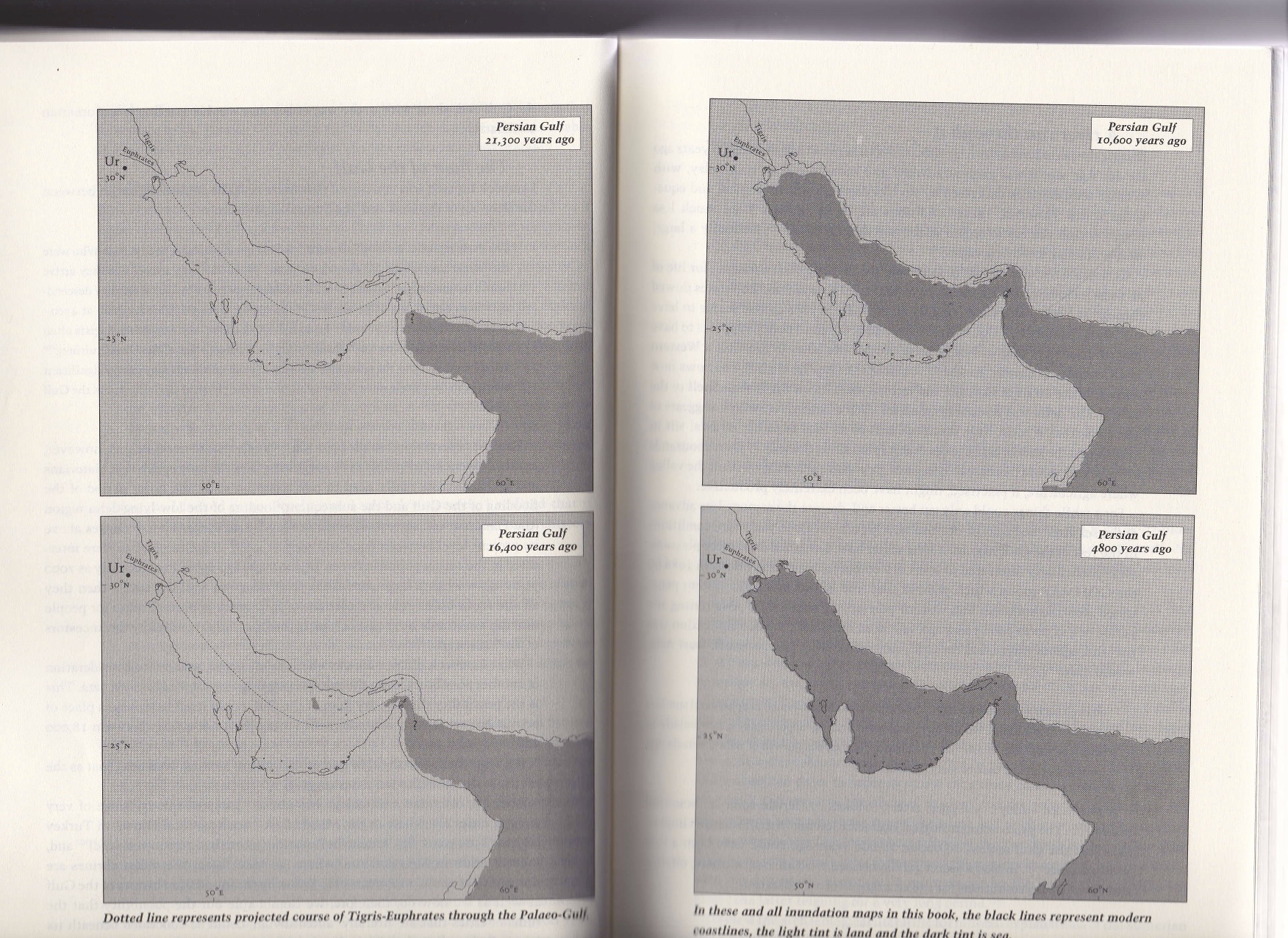In Magicians of the Gods, Graham Hancock presents the hypothesis that a civilization existed and prospered sometime either before or during the Younger Dryas. Whoever these people were, their society was wiped out due to the cataclysm of The Flood. The same flood mentioned by almost every historical culture on every continent. This comet struck the polar ice cap in the northern hemisphere; the resulting impact vaporized an enormous amount of water, leading to flooding and climate disruption. It was either this initial impact or perhaps related events which caused massive worldwide displacement in the ocean’s sea levels. The reason we have little archaeological evidence, as Hancock suggests, is due to the rise in sea level which totally submerged all structures. Additionally, there have been few thorough searches in likely locations due to the disbelief of modern institutions. Hancock proposes that a likely location would be the Indonesian subcontinent, which around the Younger Dryas time was vastly larger and contained numerous river basins and plains.
It is fascinating to learn that the debris stream of this comet could be the source of the Taurid meteor stream. There is even evidence that a bigger chunk of the comet lurks in this Earth crossing debris field.
The entire book is littered with footnotes and source references. Hancock did a lot of research and it shows. Like all human theories, I am sure some parts of it will be dis-proven while other parts shown to be entirely correct. As researchers continue to investigate underwater ruins and the mysterious underwater past of Indonesia becomes unraveled, we may indeed find evidence which requires a total renewal of our understanding of human history.









